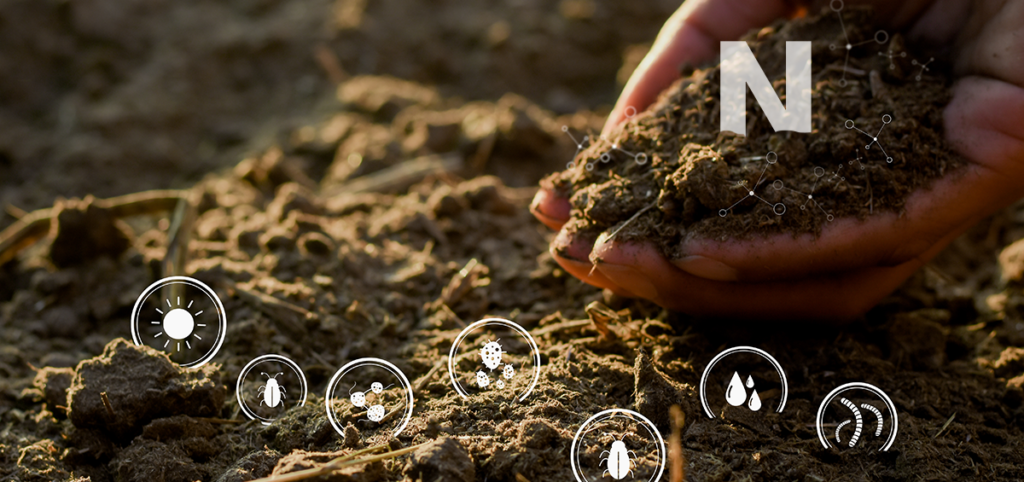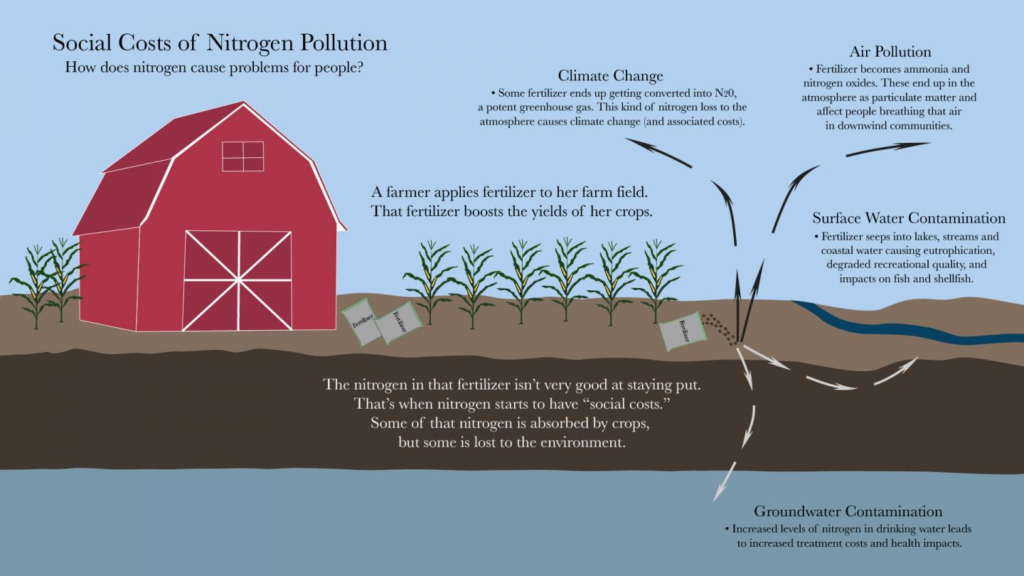Table of Contents
Where can I find nitrogen? This question might seem tricky, but nitrogen is all around us! In fact, nitrogen makes up about 78% of the air we breathe. It’s a colorless, odorless gas that plays a huge role in our daily lives, even though we often don’t notice it.
Nitrogen isn’t just floating in the air; it’s also found in soil, plants, and even the food we eat. Farmers, gardeners, and scientists all rely on nitrogen for different purposes. Let’s explore how nitrogen is used, where you can find it, and why it’s so important for life on Earth.
What Is Nitrogen and Why Do We Need It
Nitrogen is one of the most important elements for life on Earth. It is a gas that makes up 78% of the air we breathe. This invisible and odorless gas helps plants grow, provides nutrients to soil, and is used in many everyday products.
Without nitrogen, life would be very different. Plants need it to create proteins and grow healthy. Humans and animals rely on plants for food, so nitrogen plays a big role in our lives too. Scientists also use nitrogen in labs and industries to make useful things.
Nitrogen is also a key ingredient in fertilizers. These fertilizers are used by farmers to grow crops. Even in nature, nitrogen exists in organic matter and soil, helping the ecosystem stay balanced.
Where Can I Find Nitrogen in Nature

You can find nitrogen in many natural places around you. The air we breathe is the biggest source of nitrogen. However, plants and animals cannot use nitrogen directly from the air. It has to be changed into a form they can absorb, like nitrate or ammonium.
Soil is another source of nitrogen. As plants and animals decompose, their organic matter turns into nitrogen compounds. These compounds mix with the soil, making it rich for growing plants.
Water bodies, like lakes and rivers, also carry nitrogen. Sometimes, nitrogen from fertilizers and animal waste flows into water. This can affect the environment, so people work hard to keep it balanced.
Nitrogen in the Air: The Biggest Source Around Us
The atmosphere is the largest source of nitrogen. Nitrogen gas (N₂) floats freely around us, but it is tightly bonded, making it hard to use directly. Special processes, like lightning or nitrogen-fixing bacteria, turn this gas into forms like ammonia or nitrate.
Farmers benefit from atmospheric nitrogen. Legume plants like beans and peas have bacteria in their roots that naturally change nitrogen gas into usable forms. This natural process is called nitrogen fixation.
Where to Find Nitrogen for Your Garden

If you are a gardener, you may wonder where to find nitrogen to keep your plants healthy. Fertilizers are the most common source of nitrogen for gardens. Look for fertilizers labeled with a high nitrogen content.
Animal manure is another excellent option. It adds organic matter and nitrogen to your soil naturally. You can find composted manure at gardening stores or make it at home.
How Farmers Use Nitrogen to Feed the World
Farmers use nitrogen to grow crops and provide food for the world. Fertilizers with nitrogen help plants grow bigger and faster. Crops like corn, wheat, and rice need a lot of nitrogen to produce healthy grains.
Farmers also use organic methods to get nitrogen. They plant legumes that can fix nitrogen naturally. By rotating crops, they keep the soil full of nutrients and reduce the need for extra fertilizers.
Organic and Chemical Sources of Nitrogen
Farmers rely on two types of nitrogen:
- Organic nitrogen: Comes from compost, animal manure, and plant residues.
- Chemical nitrogen: Found in fertilizers like urea and ammonium nitrate.
Both types have their benefits. Farmers choose what works best for their crops and soil type.
Nitrogen and Water: Why It Matters for the Environment

Nitrogen can also be found in water, but it needs to be controlled. Rain and irrigation can move nitrogen from soil into rivers and lakes. This process is called runoff.
Steps to Protect Water from Nitrogen Pollution
- Use fertilizers carefully to avoid overuse.
- Plant trees or grass to absorb extra nitrogen.
- Monitor water quality to keep it safe for people and animals.
These steps help ensure nitrogen stays helpful and doesn’t harm the environment.
Conclusion
Nitrogen is an important part of life, and it’s everywhere around us. From the air we breathe to the soil in our gardens, nitrogen helps plants grow and keeps the environment balanced. It is also used in fertilizers, everyday products, and even water. Knowing where to find nitrogen and how it works can make a big difference in how we care for our plants, water, and planet.
Farmers, gardeners, and scientists all rely on nitrogen for many tasks. By understanding how to use it wisely, we can protect our environment and grow healthy plants. Whether you’re caring for a small garden or thinking about the world’s food supply, nitrogen plays a key role in making life better.
FAQs
Q: Where can I find nitrogen in the air?
A: Nitrogen makes up 78% of the air we breathe. It’s invisible and odorless but always present around us.
Q: How do plants get nitrogen?
A: Plants absorb nitrogen from the soil in the form of nitrate or ammonium. They cannot use nitrogen gas from the air directly.
Q: Can nitrogen be harmful in water?
A: Yes, too much nitrogen in water can harm fish and plants. It’s important to keep nitrogen levels balanced.
Q: What are natural sources of nitrogen for gardens?
A: Animal manure, compost, and cover crops like clover are great natural sources of nitrogen for gardens.
Q: How do farmers add nitrogen to their soil?
A: Farmers use fertilizers, plant nitrogen-fixing crops, or add organic materials like compost to keep soil healthy.

